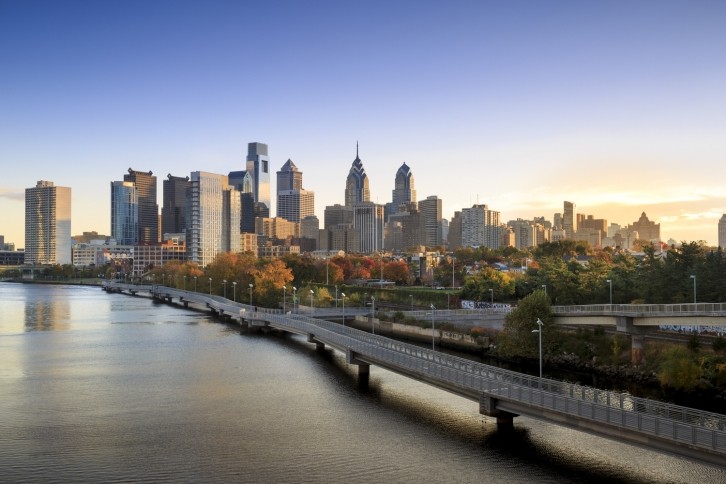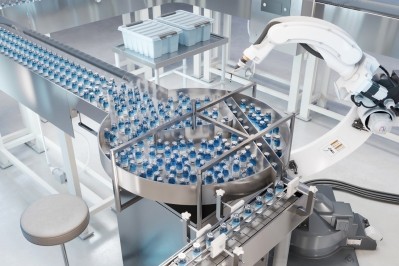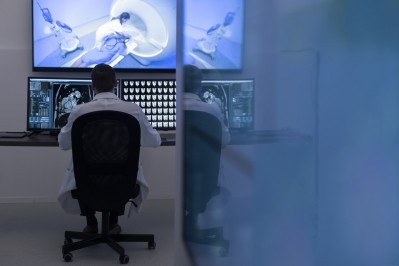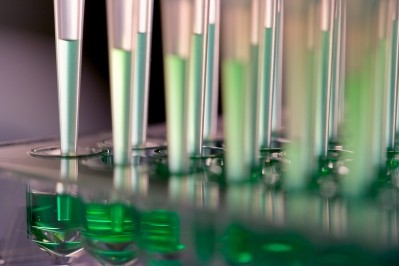Interphex 2024
Pharma goes urban: The rise of city manufacturing facilities

However, especially with the rise of vacant office space post-pandemic, there is a growing trend in the industry to set up smaller facilities within city lines.
During a panel at Interphex 2024, four executives discussed this emerging trend – outlining the benefits and challenges of bringing parenteral facilities into urban centers.
The opportunity
“From our CDMO perspective – a lot of these smaller companies are spun out of medical centers, universities or hospitals in urban centers and they’re generally wanting to stay close to where their origins are. It’s just where they’re comfortable,” Matthew Snyder, director of engineering at SKpharmteco, said at the event.
Indeed, the proximity to research institutions, suppliers and markets, as well as easier access to a diverse talent tool, are all key considerations for companies to consider.
In addition, smaller firms are often operating under ‘smaller processes’ with more ‘cutting-edge technologies’ that lend themselves toward more compact facilities, Snyder added.
For Robert Goworek, VP and GM of Turner Pharmaceutical, the migration from country to city is also being driven by the way the larger market is changing.
“A lot of developers are trying to create incubator space and space is now becoming available in the urban areas, so they ca create these small areas within such buildings to be able to have a mixed use facility,” he said.
“Companies can then have their office, labs and manufacturing altogether and be able to grow – while having those facilities around them.”
For Corey Hennings, VP of life sciences, regional lead, at Cumming Group, it is a unique and interesting time as the industry is ‘looking at builds through a different lens’.
“If your company is based in Downtown Philly – you don’t want to lose that. If you were to go somewhere else – you might lose 40% of your staff that you just can’t afford to lose because they are the ones that know your company inside and out,” he said.
“I bought an old machine shop in Philly that everybody said couldn’t be turned into a sterile injectable facility, but yet we did. We ripped a roof off and turned this old shop into a working pharmaceutical site. So you can do anything - it just takes a little bit of imagination and money.”
Challenges and potential pitfalls
Despite the exciting opportunity that city locations offer, each panellist agreed that it is essential to educate companies and manage expectations..
“We are seeing a lot of clients looking to fill that urban setting, typically a high rise building, that really wasn’t designed or suited for pharmaceutical manufacturing,” said Trista Hager, VP of sales at AES Clean Technology.
Therefore, she notes, it is important to get involved with clients early to help evaluate site facilities.
Hager outlines key factors to consider. For instance, does the site have the space, high ceilings and clearance heights, to put in equipment and infrasucture, as well as mechanical space to put in air handling units.
Another element is the electrical load of a building, if it can support a manufacturing process and effort, or does it have to be upgraded – ‘a timely and costly process’.
In that same vein, having a robust waste management plan is crucial, as companies must take care of both solid and liquid waste, Goworek said.
“How will you neutralize any liquid waste so it can go back into the stream that hits the city you’re in? These are all things to plan and consider,” he added.
Ultimately, as Hennings points out, many people may think they will come in and design something exactly as they did before, which is clearly not the case.
“When we come on board, we like to not only engage with the facilities and engineering side, but we like to talk to the operations staff and the HR staff and make sure that they're ready for what's coming - that they have the right quality folks in place, the right validation folks, commission and calibration,” he said.
All these parts and pieces ensure that we can build something that is going to suit your needs. If the company itself isn't prepared for what's coming and the stresses that GMP facilities are going to put out your staff, it's going to fall short.”
Is it worth it?
“Deciding whether to set up in an urban center is driven by what product a company is making. Whether its being near a university, hospital or staffing reasons – they must weigh up all the key drivers,” Goworek said.
“I was involved with a major project in London and that is not the easiest city to build in. But the client wanted to put his incubator in a specific area and he went in with that positive attitude of – this is where I want to be.
“In London, 25% of the cost of that project was just making that building fit for purpose so you can start putting the processes in. But despite the cost, there were major benefits for that client. For their business model, it was worth it.”
For Hennings, cost analysis can also happen during the real estate search – as purchasing a building for $1000 per square foot or $2000 can change the business decision.
“After figuring that out, you can start to weigh capital costs and maybe a loss of talent or gain of talent,” he added.
In terms of whether these capital investments justify the operational efficiency, Snyder believes it must be judged on a case by case basis.
“Ultimately, it all boils down to the business case and what you can sell out there. Cell and gene therapies are at a high price point. When you think about the return on that investment, the proximity to patients, academic centers and hospitals – it will be worth that investment,” he said.
For Goworek, before companies embark on city-based manufacturing, they must accept and acknowledge the costs and potential challenges.
“We’re looking at costs anywhere between $4000 to $6000 per square foot just to bring these buildings up to scratch structurally so you can put in the equipment and processes. It’s space that isn’t being used but it is still expensive,” he said.
Snyder also admits that there is ‘certainly going to be a premium’ as you’re talking about ‘locating major equipment in the middle of buildings and the structural upgrades that come along with that’.
However, as Hennings explains, there is ample vacancy in urban centers, so companies can expect to get some savings on the back end from rent.
“This is where we come in. All of us come in and look at these facilities and give you a ballpark estimate of what it will take to convert this office in a certain portion of the city and get it to the type of facility you’re envisioning,” he said.
“There are the challenges – a 25% upfront cost that we're going to tell you about, but on the other hand, you might be in the exact area you need to be in for your business.”
The pharmaceutical industry is witnessing a clear shift in manufacturing trends, with a move towards establishing smaller facilities within urban centers – fuelled by proximity to research centers and talent.
However, despite the allure of urban locations, as acknowledged by the panel – it is essential for companies to approach this shift with careful consideration and thorough planning.









